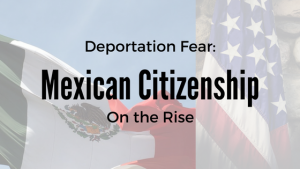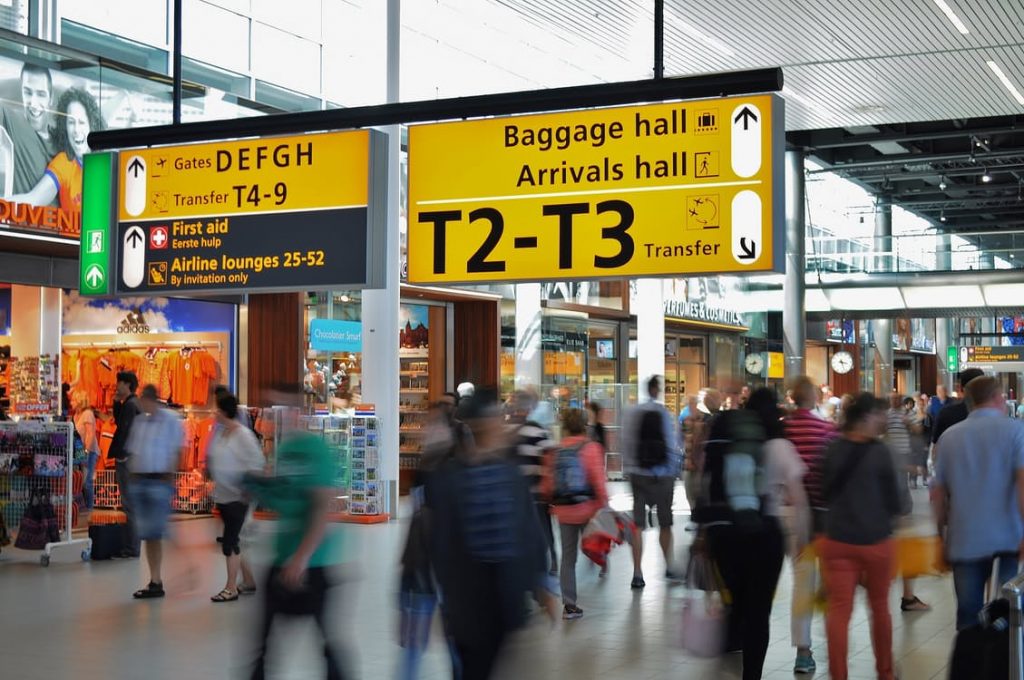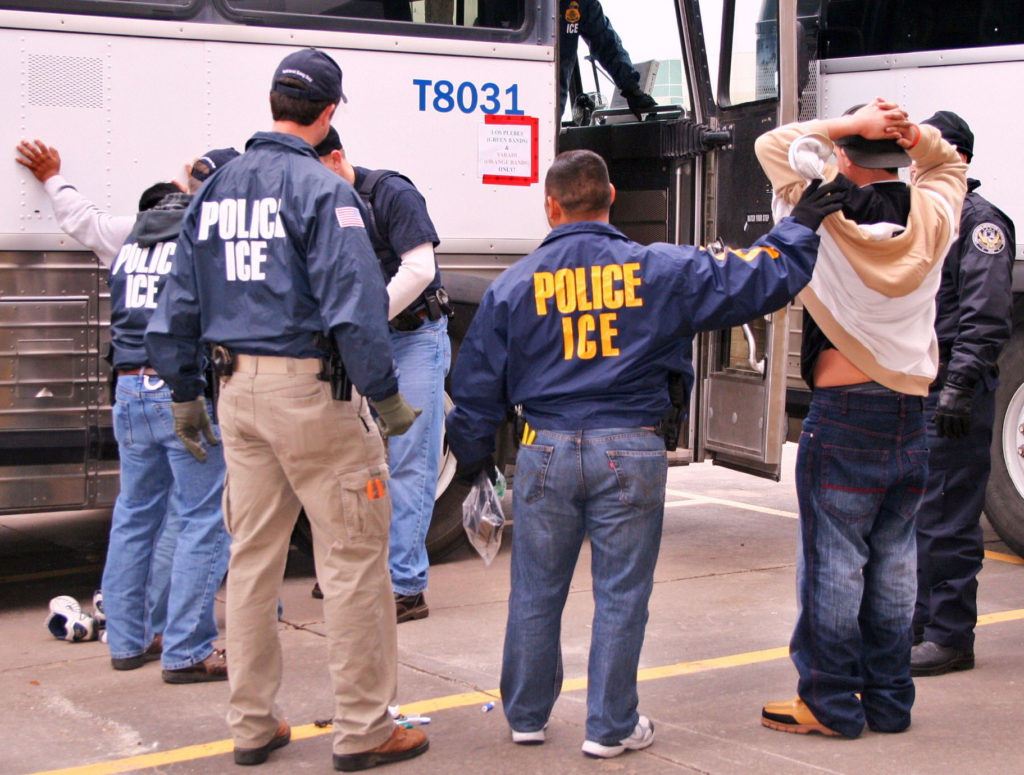In a recent post, we outlined citizenship based on jus sanguinis – the birthright of citizenship. To recap, any child born on United States land is granted U.S. Citizenship. This also pertains to any child born overseas to a U.S. citizen, the child is granted U.S. Citizenship. With the current state of immigration and citizenship in the United States under Trump, documented and undocumented immigrants fear what is to come.
The majority of fear being located in California finds duel citizenship on the rise for Mexican children born in United States territory. Mexican immigrant parents are thinking ahead in the event of deportation. One thing everyone is following closely is the deportation of parents, forcing their U.S. citizen children to be left behind.
Families are concerned with separation, thus their uprising call to action. Over the last year, there have been about 100 applications for dual citizenship, with this year already at a steady 150 applicants. It brings to attention a significant question: If parents are deported to Mexico, shouldn’t their children be as well?
A Mexican consul, Jesús Gutiérrez, at the Mexican consulate in San Francisco states that this conceptual fear is unfounded. Some of the major facts Gutiérrez points out are:
- If parents are deported, they can take their children with or without documentation
- Dual citizenship is much easier to obtain in Mexico
- Mexico already plans to take in a large number of American-born children
Although numerous Mexican immigrants are applying for legal residency, their main concern is the blockage of applications due to Trump’s new deportation regulations. Anyone charged or convicted of a crime, no matter how minor, could be subjected to deportation. During Obama’s presidency, the highest priority of illegal immigrants were criminals. Those in jeopardy of deportation has now expanded dramatically to virtually any immigrant in the United States without legal documentation.
Despite efforts to gain U.S. citizenship, Mexican immigrants are in panic mode. Although a large requirement of documentation is required in the dual citizenship application, only one parent has to legally be a Mexican citizen for the child’s dual citizenship. Marriage licenses, and the children’s birth certificates are just a few of the many documentations required for applying.
What this all boils down to is the quality of life. Immigrants move to the United States simply because the quality of life is better. Education and health benefits are high priority in the minds of Mexican immigrant parents with U.S. citizen children. Through dual citizenship to the United States and Mexico, children under the age of 18 will have immediate access to education and health benefits in both countries.
No matter what deportation and immigration laws have in store for undocumented immigrants, parents are fighting for the rights of their children through a dual citizenship backup plan.





